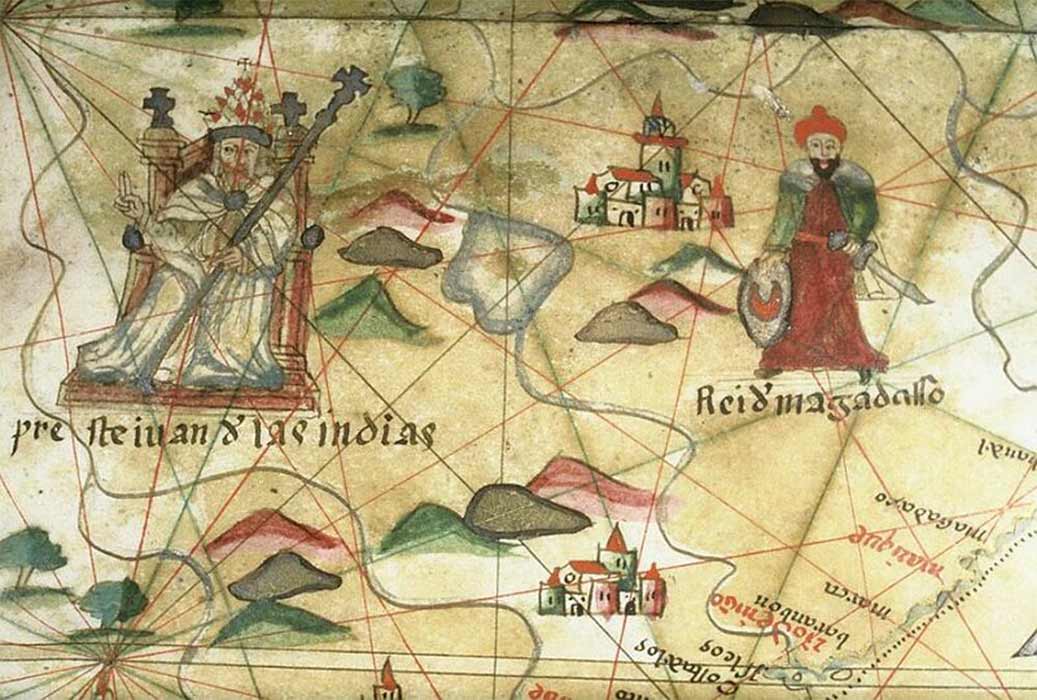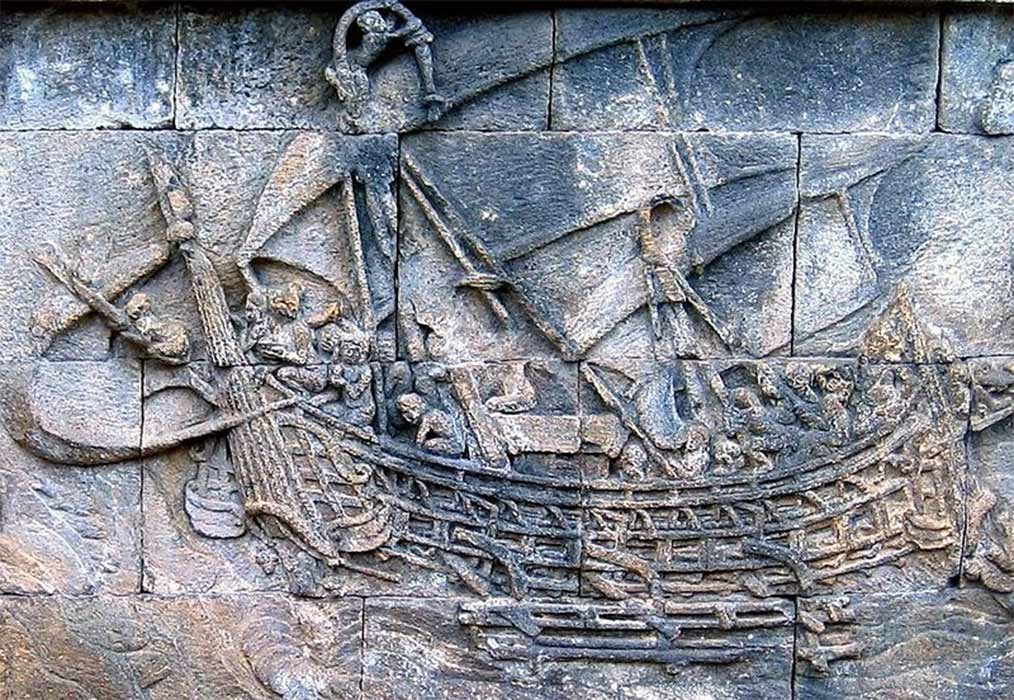
The Mythos Of The Enigmatic Prester John
Around 1165 AD a mysterious letter addressed to Manuel Comnenus, Emperor of Byzantium, began circulating around Europe. It was from a Prester John who claimed to “exceed in riches, virtue and power of all creatures who dwell under heaven. Seventy-two kings pay tribute to me. I am a devout Christian and everywhere protect the Christians of our empire… Our magnificence dominates the Three Indias, and extends to Farther India, where the body of St. Thomas the Apostle rests. It reaches through the desert toward the place of the rising sun, and continues through the valley of deserted Babylon close by the Tower of Babel…”

Prester John from Hartmann Schedel's Nuremberg Chronicle. (1493) (Public Domain)
The Three Indias
Could the Three Indias refer to Ethiopia, India and Indonesia, as were visited on route by legendary King Solomon’s ships? India proper was a land of many spices and exotic goods, but some of the most popular spices were produced on islands in Indonesia. Most of Indonesia was Hindu until the seventh century AD. Ports in southern India are a logical place to begin a journey to Sumatra, Java, and the kingdoms of Cham and Khmer in Southeast Asia. What little knowledge of Ethiopia, India and Indonesia that existed in the West, during that era, largely came from sailors who traded at Greek and later Roman ports at the northern end of the Red Sea. It was at these ports in Egypt, such as Suez or Eilat or Aqaba on the eastern end of the Red Sea, that Europeans learned of the countries to the south and east that comprised the Three Indias, and of the exotic spices, incense, perfumes, nuts and dried fruits, not to mention the silks and fine cottons that could be had there. Exotic live animals such as monkeys, peacocks, parrots and even larger animals would show up at these ports.

A Borobudur ship from the eighth century, a large native outrigger trading vessels, possibly of the Sailendra and Srivijaya thalassocracies (CC BY-SA 2.5)
European, North African and Mediterranean sailors would also crew on these ships and make the many long voyages south down the Red Sea and then into the Indian Ocean. They would stop at Adulis, the island of Socotra and ports in Oman along the way and then cross the Arabian Sea to the west coast of India. From southern India the sailors may have crewed on other ships that went to Sumatra and Java. Many of these sailors would have traded down the east coast of Africa as well, as trade between Ethiopia and the Indies is evident.
- The Legend of Prester John and His Lost Kingdom in the East
- Epic Voyage of Vasco da Gama Connected Europe to the East
- 10th Century Forgotten City Unearthed in Ethiopia, Once Thought to be ‘Home of Giants’
Europeans took great heart from this letter from Prester John. They took encouragement in their struggle with the Muslims from the knowledge that they were not alone in that struggle. In a historical context, it is important to note the far-reaching influence of Prester John. His description of his realm as being so extremely opulent made ‘the Indies’ an almost legendary destination in the minds of Medieval men. Searches for his kingdom largely spurred on the Age of Exploration by Europeans, and was particularly important in the development of Portugal into a naval powerhouse and master of the spice trade. The Catholic kings of that country invested huge amounts of state revenues to expeditions around the tip of Africa to secure hegemony in the spice trade, but also in search of this legendary ‘Christian king’ who could help stop the spread of Islam.

The Catalan Atlas is a Medieval world map, or mappamundi, created in 1375 that has been described as the most important map of the Middle Ages in the Catalan language. (Public Domain)




